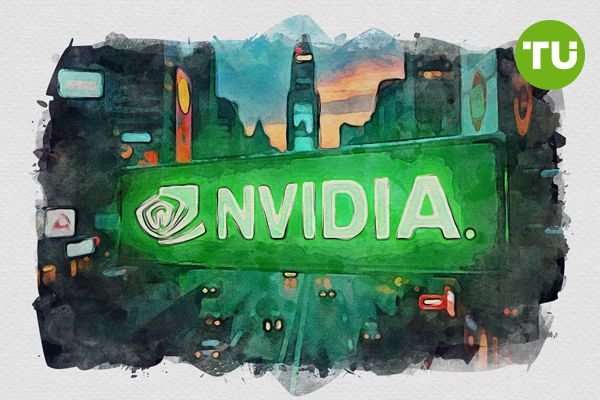Nvidia stock price forecast: GTC conference uncertain outcomes
 Analysts have expressed mixed views about the potential market impact of GTC.
Analysts have expressed mixed views about the potential market impact of GTC.
Nvidia Corporation (NVDA) stock closed at $119.53 on Monday, reflecting a 1.8% decline ahead of the company's highly anticipated GPU Technology Conference (GTC).
The technical setup for Nvidia remains mixed, with growing downside risks due to weakening momentum and the potential formation of a death cross — a bearish pattern where the 50-day moving average (50-DMA) crosses below the 200-day moving average (200-DMA). Currently, the 50-DMA stands at $129.04, while the 200-DMA is at $127.68. Historically, a death cross in Nvidia stock has led to significant corrections, with average declines of around 41% following such a pattern.
Key support levels for Nvidia are positioned at $105 and $96. If the stock breaches these levels, further declines could accelerate toward the low $90s. On the upside, resistance is seen at $130 and $153. A breakout above $130 could signal a reversal of the current downtrend and open the door for a push toward the $150–$155 range. However, the stock’s Relative Strength Index (RSI) is approaching oversold territory, currently around 37, suggesting a potential short-term bounce if positive catalysts emerge from the GTC conference or upcoming earnings.
NVDA stock price dynamics (January 2024 - March 2025). Source: TradingView.
The stock’s trading volume has also declined slightly, indicating reduced conviction among investors. This signals that Nvidia may remain in a consolidation phase in the near term unless a significant fundamental shift alters sentiment.
Market Context and Corporate News
Nvidia’s GTC conference, which began on March 17 in San Jose, California, is a pivotal event for the company. CEO Jensen Huang is expected to unveil key updates on the company's artificial intelligence (AI) strategy, including details about the next-generation Blackwell Ultra and Rubin chips. Huang’s keynote address on March 18 is expected to cover developments in agentic AI, robotics, accelerated computing, and more.
Analysts have expressed mixed views about the potential market impact of GTC. Jordan Klein of Mizuho Securities cautioned that while the event could highlight Nvidia’s technological dominance in AI, it may not be enough to counteract broader market headwinds. These headwinds include weakening macroeconomic conditions, potential tariff escalations under a new Trump administration, supply chain disruptions, and growing competitive pressures from China.
JPMorgan analyst Samik Chatterjee emphasized that investors are closely watching the shipment timeline for Nvidia’s new AI processors. The Blackwell Ultra chips are expected to ramp up in Q3 2025, while the Rubin chips are slated for release in 2026. Any positive confirmation of these timelines could boost investor confidence, but delays or uncertainties might weigh on sentiment.UBS analyst Timothy Arcuri reaffirmed his buy rating on Nvidia stock with a 12-month price target of $185, reflecting upside potential of over 50% from current levels. However, he noted that clarity on revenue growth and gross profit margin recovery remains critical for sustaining long-term momentum.
Price Prediction and Scenarios
In the short term, Nvidia’s stock is expected to remain range-bound between $105 and $130 until more concrete data from the May earnings report provides clarity on revenue growth and profitability. A successful GTC conference could lift the stock toward the $130 resistance level, but breaking through $153 will require stronger earnings guidance and evidence of supply chain improvements.
If Nvidia provides a bullish outlook for the July quarter and demonstrates recovery in gross margins, the stock could attempt to challenge the $150–$155 range. On the downside, if Nvidia fails to deliver convincing updates at GTC or if macroeconomic pressures intensify, the stock could test support at $105. A breach below this level would likely trigger further declines toward $96 and possibly the low $90s.
Given the mixed technical setup and uncertain macro backdrop, Nvidia’s near-term outlook remains volatile. Investors should remain cautious and watch key support and resistance levels closely, while paying attention to GTC conference announcements and upcoming earnings results for directional cues.
Nvidia reported solid earnings but disappointed investors with lower-than-expected profit margin guidance despite forecasting first-quarter sales of $43 billion, slightly above the $42.3 billion consensus. The company cited pressure from accelerating its new chip launch as a key factor in the margin outlook.













































































































































